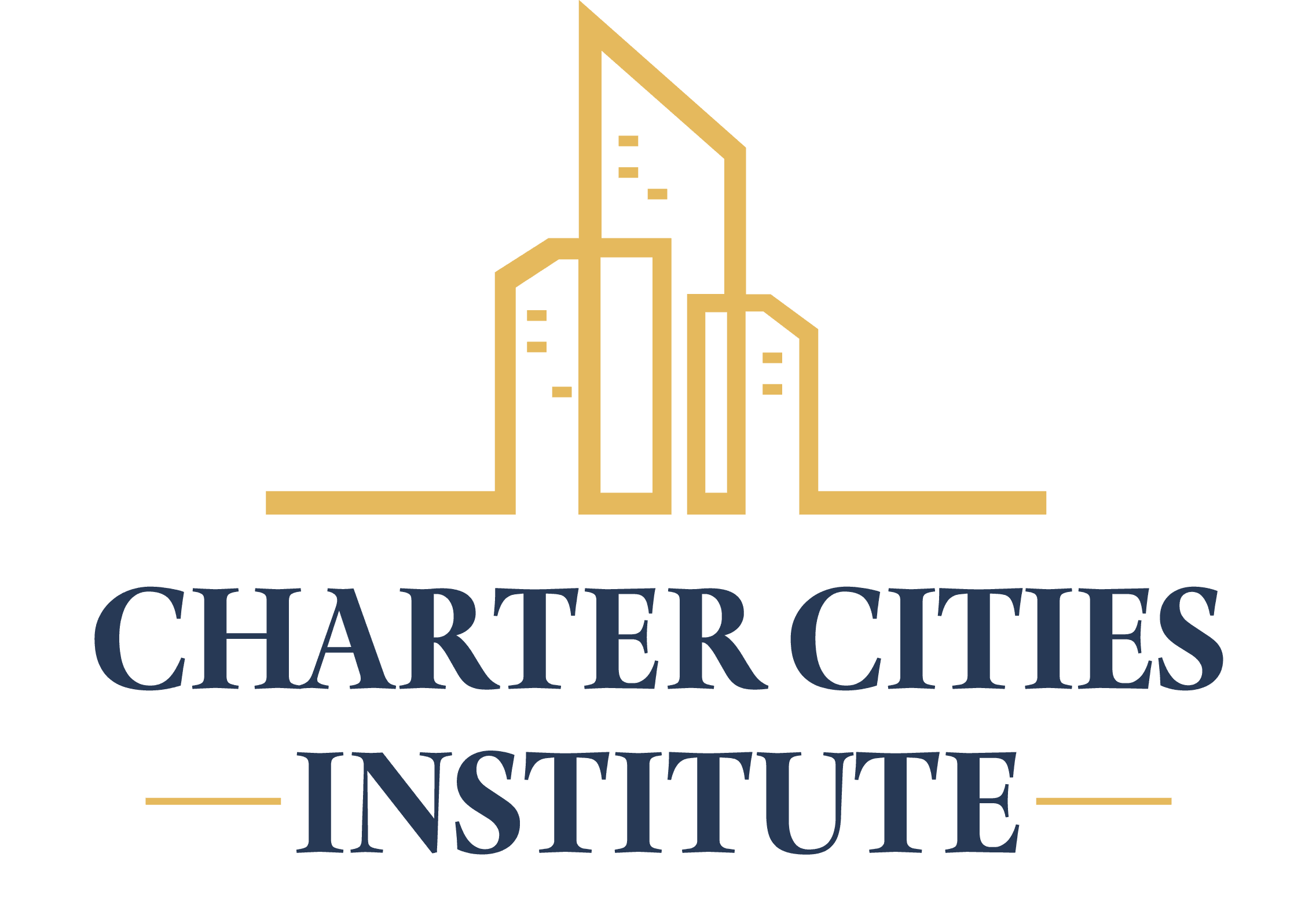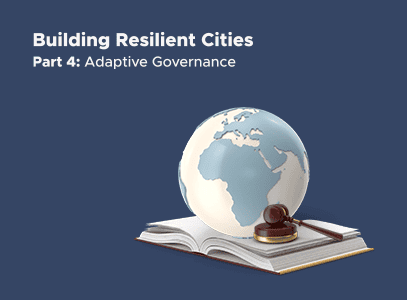Charter cities can be structured as a Build-Operate-Transfer (BOT) agreement. While there are different legal definitions of BOT agreement, the simple explanation is that under such an agreement the public sector grants a private company the right to develop and operate a facility or system for a certain period, in what would otherwise be a public sector project, after which the facility is transferred back to the public sector.
Most countries, particularly those in Asia and Africa, are familiar with Build-Operate-Transfer agreements. Countries ranging from India to Mali have used BOTs to build the expensive infrastructure needed to improve daily and commercial life for their people and businesses. A good example of a BOT project is the Athens International Airport. There, the Government of Greece and a private consortium entered into a 30-year contract for the development and operation of a new airport to replace the congested Hellenikon Airport. In the Philippines a 25-year agreement was signed in 1997 to expand the water supply and waste water system for eastern Manila, and the project has been considered quite successful to date.
Charter cities are in some ways amalgamations of what would ordinarily be separate BOT projects. BOT projects such as airports, railroads, power plants, toll roads, and waste disposal plants are necessary infrastructure for a city. Highlighting the similarity between charter cities and Build-Operate-Transfer agreements may make it easier for prospective developers of new charter cities to persuade host countries to allow for their development within the country. Countries like BOT projects because they clearly understand what each entails and know that ultimately the infrastructure reverts to the state.
To make this case effectively however, it is important to acknowledge a criticism that both BOT projects and charter cities share. Many critics see the tasks of city developers and infrastructure financiers as tasks that should remain within the exclusive purview of host countries and the public sector. This criticism however doesn’t hold water. Closer examination of these projects shows that private interests financing public goods is actually not unusual.
The first French Build-Operate-Transfer concession was granted to the Perier Brothers who obtained a 15-year concession in 1782 to pump and supply water to the city of Paris. Also, the Suez Company obtained a 99-year concession in 1859 to build the Suez Canal, while the EuroTunnel Group initially obtained a 55-year concession in 1988 to build the Eurotunnel. The Suez Canal and the Eurotunnel are generally considered to be architectural marvels that have improved the lives of people and both were built privately.
These private financiers built these projects for profit. Like the infrastructure financiers of old, it is essential for charter city developers that the city be commercially viable. While city developers might have creative and innovative ideas around governance and may want to experiment, economic viability is non-negotiable. This focus on viability will likely be beneficial to the residents of the cities. Successful city developers will understand that residents that are healthy, safe, and have easy access to employ are more likely to be productive and thus create wealth. This might be in clear contrast to overplanned cities like Brasilia, the creation of which was driven primarily by concerns about design, rather than functionality.
The BOT model offers an alternative to Paul Romer’s original model for a charter city. Romer argued that well-governed, high-income countries should act as the administrators and guarantors for charter cities in poorly-governed, low-income countries. Under a BOT model, the host country does not give up sovereignty over a piece of its territory, but instead leaves the construction and operation of the charter city to the private city developer for a fixed term. Host countries will be more likely to accept a Build-Operate-Transfer agreement, as they do not have to cede any sovereignty and will already be familiar with such arrangements. City developers will accept an agreement if they believe they can profit from the project.
The specifics of any Build-Operate-Transfer agreement for a charter city would need to be negotiated, but a hypothetical example for such an agreement follows below. First, the city developer and the city government need to be established as two separate entities. The developer acquires and owns the land and invests in infrastructure, expecting to raise the value of the land. The city government passes and enforces laws and is solely responsible for administration of the city. Aligning the incentives of both the developer and the city government around securing broad-based economic growth will be key for the success of the city over the long-run.
A key condition of the Build-Operate-Transfer agreement would be to give the developer majority, or at least plurality, voting rights in the government for a given time period, say 50 years. Similar arrangements are used by homeowner associations, which typically give the developer three votes for every unsold property. Giving the developer this level of influence over the city government will provide sufficient confidence in the legal environment to justify investing the hundreds of millions of dollars necessary to get the charter city off the ground. After 50 years the city government would change to reflect the typical city government structure of the host country.
It is possible to have additional BOTs with the developer, that include requirements to build key infrastructure like roads, sewers, electricity generation, and ports. The ownership of these investments would be transferred to the city government after a set period of time.
One of the primary challenges of charter cities is their perceived radicalness. Structuring a charter city as a BOT greatly tempers that perception. Countries are familiar with BOTs and there is an existing literature and set of best practices which can be drawn upon.







